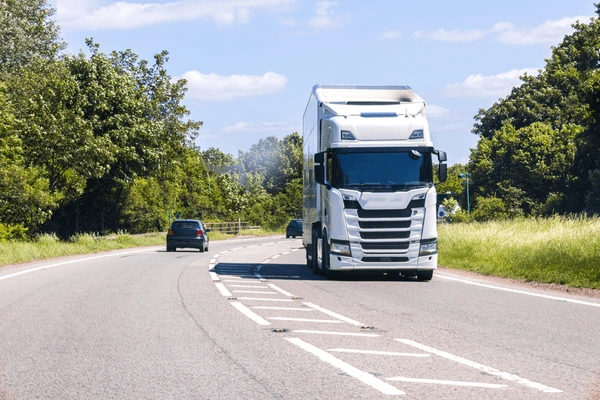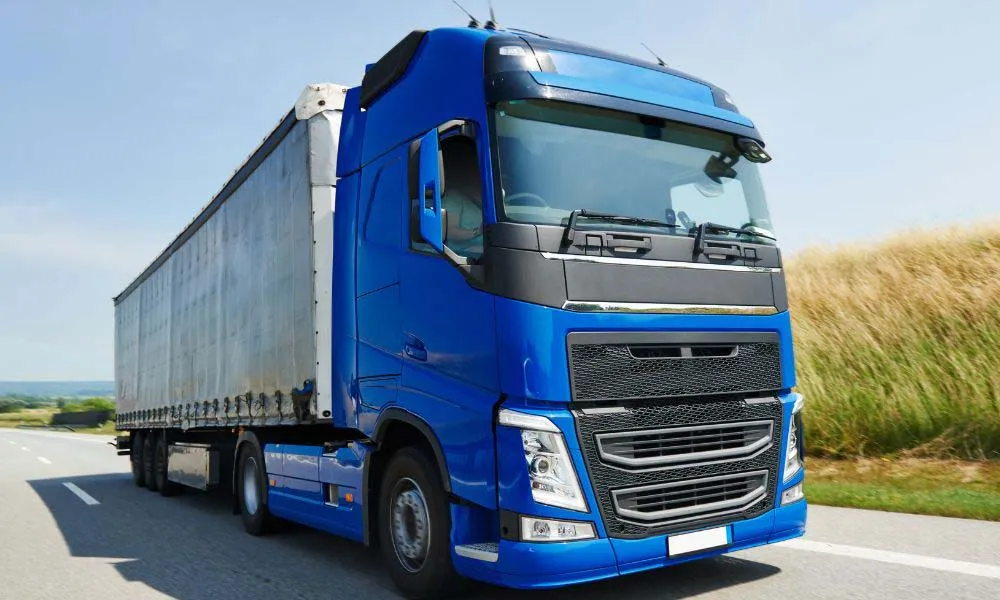When it comes to transporting goods efficiently and reliably, an HGV vehicle (Heavy Goods Vehicle) stands as the powerhouse of modern logistics. From massive construction equipment to delicate cargo, these vehicles shoulder the load, ensuring that Singapore’s bustling economy runs smoothly. But what makes these machines so essential, and why should you care?
What Exactly is an HGV Vehicle?
An HGV vehicle, as the name suggests, is designed to carry heavy loads, typically weighing over 3.5 tonnes. Think of it as the brawn behind logistics, moving everything from raw materials to retail goods. In Singapore, where trade and commerce are the lifeblood of the economy, these vehicles play a pivotal role.
The Land Transport Authority (LTA) reports that there are over 20,000 registered HGVs in Singapore, reflecting their significance in sectors such as construction, logistics, and waste management. As the demand for efficient freight transport rises, so does the reliance on these mechanical beasts.

Key Features of HGV Vehicles
Not all vehicles are created equal, and HGVs come with unique features that set them apart from smaller commercial counterparts:
High load capacity:
Typically ranging from 7.5 tonnes to over 44 tonnes, depending on the model.
Powerful engines:
Designed to pull heavy loads across long distances without compromising efficiency.
Specialised builds:
Flatbeds, refrigerated compartments, and tankers cater to diverse cargo needs.
Advanced safety features:
Brake assist, lane departure warnings, and stability control systems.
Eco-friendly designs:
Many modern HGVs incorporate fuel-efficient engines and emission-reducing technology to meet Singapore’s environmental standards.
The Importance of HGV Vehicles in Singapore
Singapore’s economy relies heavily on efficient transportation networks, and HGVs are a cornerstone of this system. Whether it’s moving construction materials to build skyscrapers or delivering food supplies to supermarkets, these vehicles are indispensable.
Construction sector:
HGVs transport raw materials such as steel, cement, and heavy machinery to job sites, enabling the seamless progress of infrastructure projects.
Food and retail:
Refrigerated HGVs keep perishable goods fresh, ensuring Singaporeans enjoy their favourite produce and seafood.
Waste management:
Specialised HGVs equipped with compactors and containers handle waste collection and disposal, contributing to a cleaner city.
Challenges Faced by HGV Drivers
Being behind the wheel of an HGV vehicle is no small feat. Drivers face challenges that require skill, patience, and resilience:
Navigating tight urban spaces:
Singapore’s compact roads and busy junctions demand precision driving.
Adhering to weight limits:
Overloading can lead to hefty fines and even accidents, making weight management crucial.
Managing fatigue:
Long hours on the road increase the risk of driver fatigue, despite mandatory rest periods.
Keeping up with regulations:
The LTA imposes stringent rules on HGV operations, including vehicle inspections and emission standards.
Safety Measures and Compliance
Safety is paramount in the operation of HGVs. Singapore has rigorous regulations to minimise accidents and environmental impact:
Speed limits:
HGVs must adhere to a maximum speed of 60 km/h on most roads.
Emission standards:
The Euro VI emission standard is now mandatory for new diesel-powered HGVs, reducing harmful pollutants.
Regular inspections:
HGVs undergo biannual checks to ensure roadworthiness and compliance with safety standards.
Technological Advancements in HGV Vehicles
The evolution of HGV technology is transforming the industry. Modern features improve efficiency, safety, and sustainability:
Telematics systems:
Monitor vehicle performance, driver behaviour, and route optimisation in real-time.
Autonomous driving aids:
Semi-autonomous features, such as adaptive cruise control, are becoming standard.
Electric and hybrid models:
Companies are increasingly adopting electric HGVs to meet Singapore’s Green Plan 2030.
Advanced loading mechanisms:
Automated systems for quicker and safer cargo handling.
The Economics of Investing in an HGV Vehicle
For businesses considering the purchase or lease of an HGV, the economics matter. Here’s why the investment is worthwhile:
Long lifespan:
With proper maintenance, an HGV can last over a decade.
Fuel efficiency:
Modern engines are more efficient, cutting down operational costs.
Increased payload:
A single HGV can replace multiple smaller vehicles, reducing overall fleet expenses.
Resale value:
High demand for used HGVs ensures a good return on investment when upgrading fleets.
Environmental Considerations
In line with Singapore’s sustainability goals, the logistics industry is adapting to reduce its carbon footprint. Businesses are now prioritising:
Electric and hybrid HGVs:
Lower emissions and reduced reliance on fossil fuels.
Fuel-saving technologies:
Aerodynamic designs and efficient engines cut fuel consumption.
Recycling and disposal:
Ensuring old HGVs are disposed of responsibly through recycling initiatives.
Maintaining an HGV Vehicle
Proper maintenance is key to ensuring the reliability and longevity of HGVs. A well-maintained vehicle is safer, more efficient, and compliant with regulations:
Regular servicing:
Engine checks, tyre replacements, and brake inspections are critical.
Routine cleaning:
Keeping the vehicle clean enhances performance and preserves aesthetics.
Up-to-date licensing:
Renew permits and comply with inspection schedules to avoid fines.
Driver training:
Continuous education for drivers on safety practices and vehicle handling.
Why HGV Vehicles Are the Backbone of Singapore’s Economy
The contribution of HGVs to Singapore’s economy cannot be overstated. From ensuring the timely delivery of goods to supporting large-scale construction projects, these vehicles are indispensable. As technology and sustainability practices continue to shape the industry, the role of HGVs will only grow in importance.
So, the next time you see an HGV vehicle navigating Singapore’s roads, remember that it’s not just carrying cargo—it’s driving progress. With innovation and efficiency at the core, the humble HGV vehicle remains a true heavy-duty hero.





